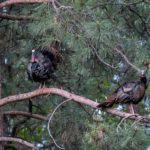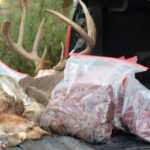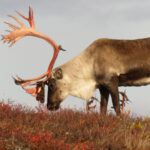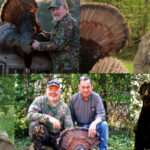Deer hunting in Wisconsin was simpler in 2000, when hunters mostly argued about baiters, antlerless quotas, buck-to-doe ratios, and whether “quality deer management” was the future.
But one phone call from the USDA’s National Animal Disease Center in Ames, Iowa, changed everything in February 2002. That’s when the center’s laboratory verified Wisconsin as the first state east of the Mississippi River with chronic wasting disease in its deer herd.
Yes, most Wisconsinites north of U.S. Highway 10 still consider CWD an abstraction, someone else’s problem, or something for the kids or grandkids to worry about. And yes, many folks surrounded by CWD-infected deer herds ignore it, too. They find community support in blissful ignorance, and see scant evidence their attitude is wrong, given that few of their fellow hunters volunteer their deer for testing.
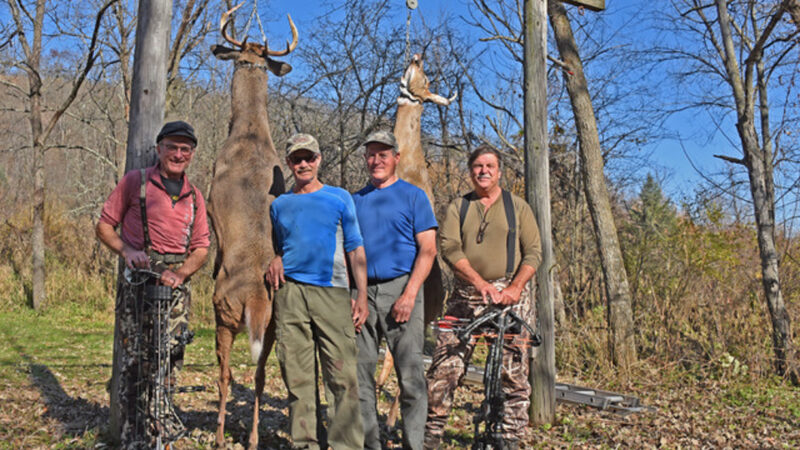
Most hunters never see CWD’s grim face, probably because it only shows itself in its victims’ final weeks. Numbers don’t drool , stagger, stare vacantly, or explain their meaning on bony ribs beneath ratty hides.
But here are some current data anyway: 19% of 7,325 deer tested in Wisconsin’s southern farmlands this past autumn carried CWD. That’s up from 12% of 8,635 tested in that region in 2018, and 3% of 7,097 tested in 2010.
And so here we are in 2023, talking to aging hunters — those still in their deer-chasing prime in 2000 — who now wonder how much to blame CWD for their fading passions for deer season.
Retired UW-Madison wildlife professor Scott Craven knows CWD changed his world. From 1972 through 2001, Craven enjoyed hunting a 220-acre farm with friends and family in Iowa County, roughly six miles northwest of Barneveld. He typically saw 40 to 60 deer on opening weekend of November’s gun season, shot what he wanted, and kept shooting if he saw antlers.
The peer pressure to “let them go so they can grow” didn’t start till the mid-1990s, he said. Even then, the meatpole hung heavy by Sunday afternoon. Then they loosed the hang-ropes, and dropped the carcasses onto trailers, hitch-hauls and pickup beds for the short drives to Madison area homes or meat processors.
When the CWD era began in November 2002, the camp had the same 12 regulars. Being men of science and duty, they shot 105 deer the next two years to try controlling CWD’s spread.
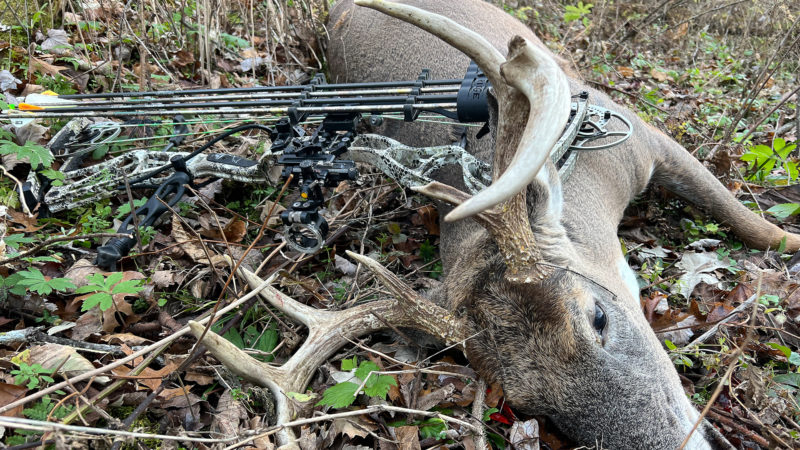
“By 2005, I was the only one there on opening day,” Craven said. “Some quit deer hunting, some moved away, and three or four started hunting other parts of state. The bottom line was that a deer camp that was viable for decades — the best place to be at the best time of year — disappeared because of CWD.
“The hunting pressure around there collapsed,” Craven continued. “It’s nothing compared to what it was in the 1980s and ’90s. The shooting on opening morning used to sound like World War III had begun. On recent openers, I wondered if I’d gotten the Saturday wrong. Yes, the hunting has changed, too. There’s no deer drives, no one leaves their stand, and more people have turned to crossbows to hunt when it’s warmer, but CWD has played a role.”
Craven didn’t hunt that farm in 2022. He would have hunted the same ridge he’s long loved, but the owner sold the property. “The new owners aren’t worried about managing the herd or CWD,” Craven said. “They just want to shoot older deer with their bows, even though they’re protecting the herd’s most infectious cohort.”
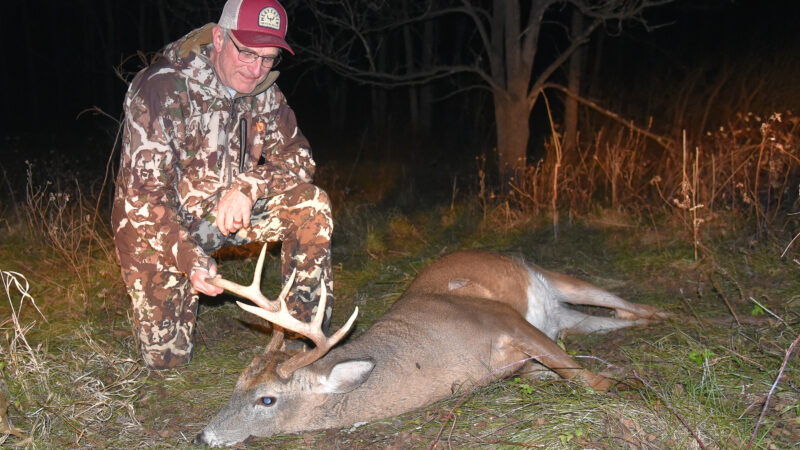
Instead, Craven accepted an invitation to hunt farther west in Grant County with his son-in-law’s group. In some ways, he looked forward to the move. Three of the past four bucks he shot carried CWD, and its prevalence was wearing on him. Iowa County leads the state with 4,123 positive CWD tests the past two decades, while it’s far less common in Grant County (364 all-time). Therefore, on opening day, Craven sat on a hilltop rock that his son-in-law chose for him. He liked the view, and could see the cabin and trucks in the distance below.
At 6:55 a.m., just 25 minutes into his 2022 hunt, Craven saw deer legs moving through the woods. A buck – a big one – was walking his way. He shot it, helped drag it to the camp’s meatpole, and hung it up. The camp keeps good data, so they weighed it too. Craven was surprised when the big 9-pointer weighed only 142 pounds field dressed.
“How can that be,” he asked himself. “Hmm. This isn’t good.”
When he skinned it, his clouds blackened further. “There wasn’t enough fat on that buck to grease a pan to fry an egg,” Craven said. A couple of weeks later, tests confirmed this buck, too, had CWD.
And so Craven wonders what it all means for deer hunting. As his interest wanes, is it mostly about CWD? How much should he factor in for his advancing age, hunting’s changing norms and tactics, and the lost companionship of old hunting buddies?
Would his mood improve if CWD test results came back in days, not weeks? “All these things add up,” Craven said. “It was warm last year, so I processed my buck before getting the results. That ended up being five hours lost when it tested positive. I can’t in good conscience serve venison from a sick deer to my family, so I got rid of it. Maybe the DNR should train more people to do the lab tests. Maybe the money it spends on (hunter recruitment) would do more good in an ‘all-hands-on-deck’ effort in the lab.”
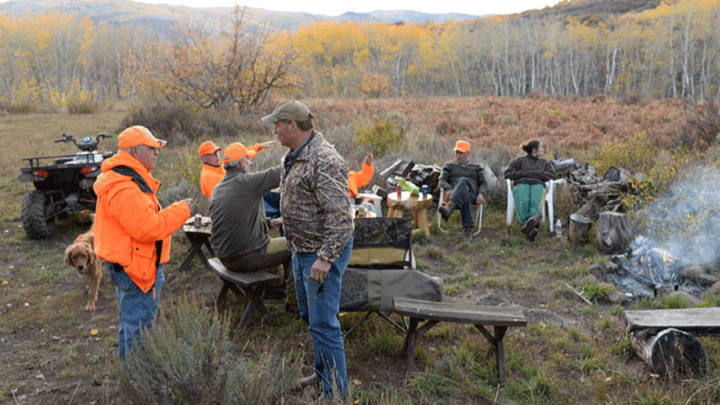
And what about those “missing” hunters, the ones whose shots Craven no longer hears on opening morning? Peer-reviewed DNR surveys find only 2% to 3% of hunters quit hunting a site because of CWD. Most cling to their spots because of family, friends, reliable access and realistic expectations of seeing deer. Besides, even a 3% defection rate is within the survey’s margin of error, right?
“Well, those hunters must have gone somewhere, because they aren’t anywhere near where I’ve been hunting,” Craven replied.
Still, he hesitates to join those dearly departed hunters. “As the last man standing in my old group, I wonder if I want to keep participating,” Craven said. “But I also have to hunt. I feel like we still bear responsibility. I can’t sit home opening morning.”

 By
By 